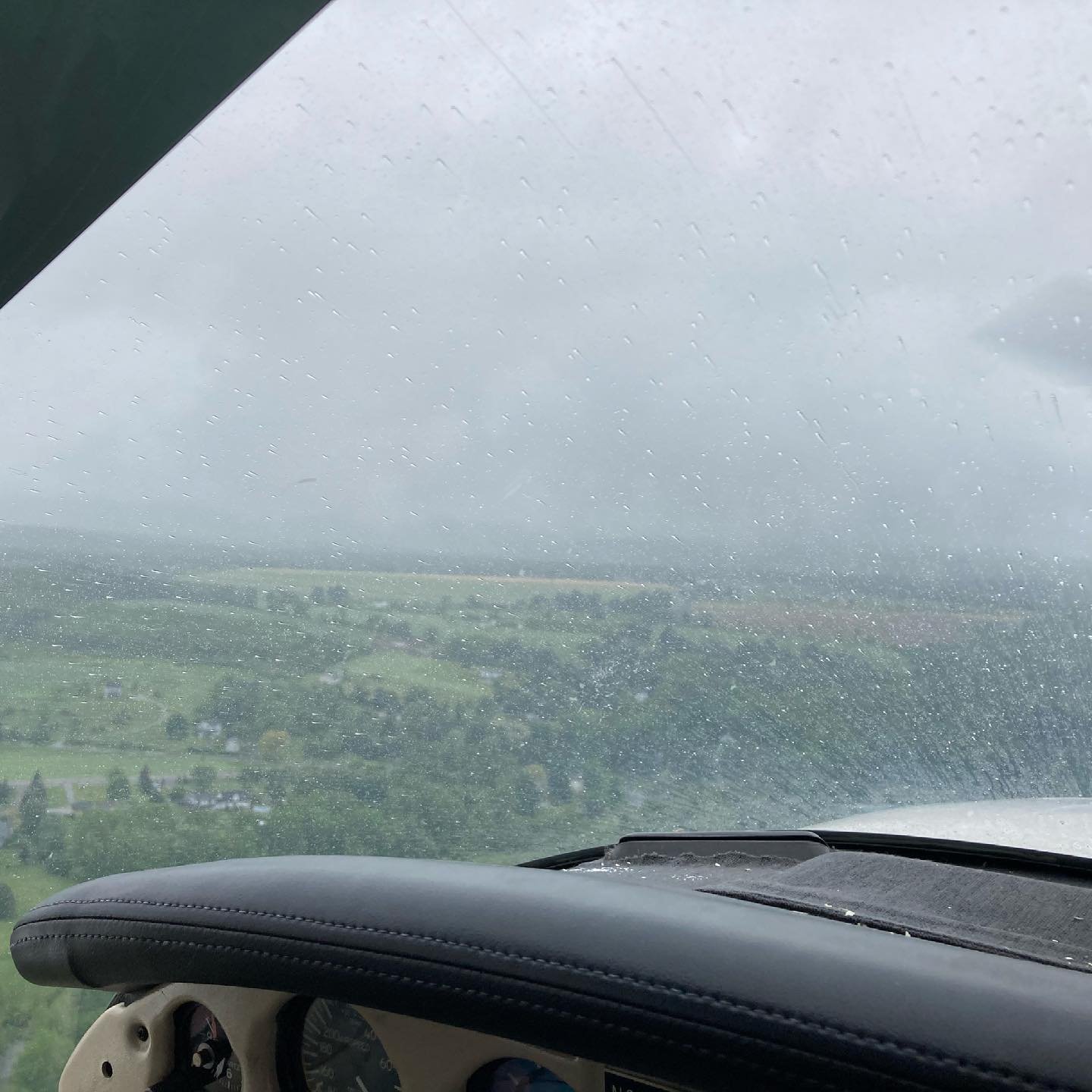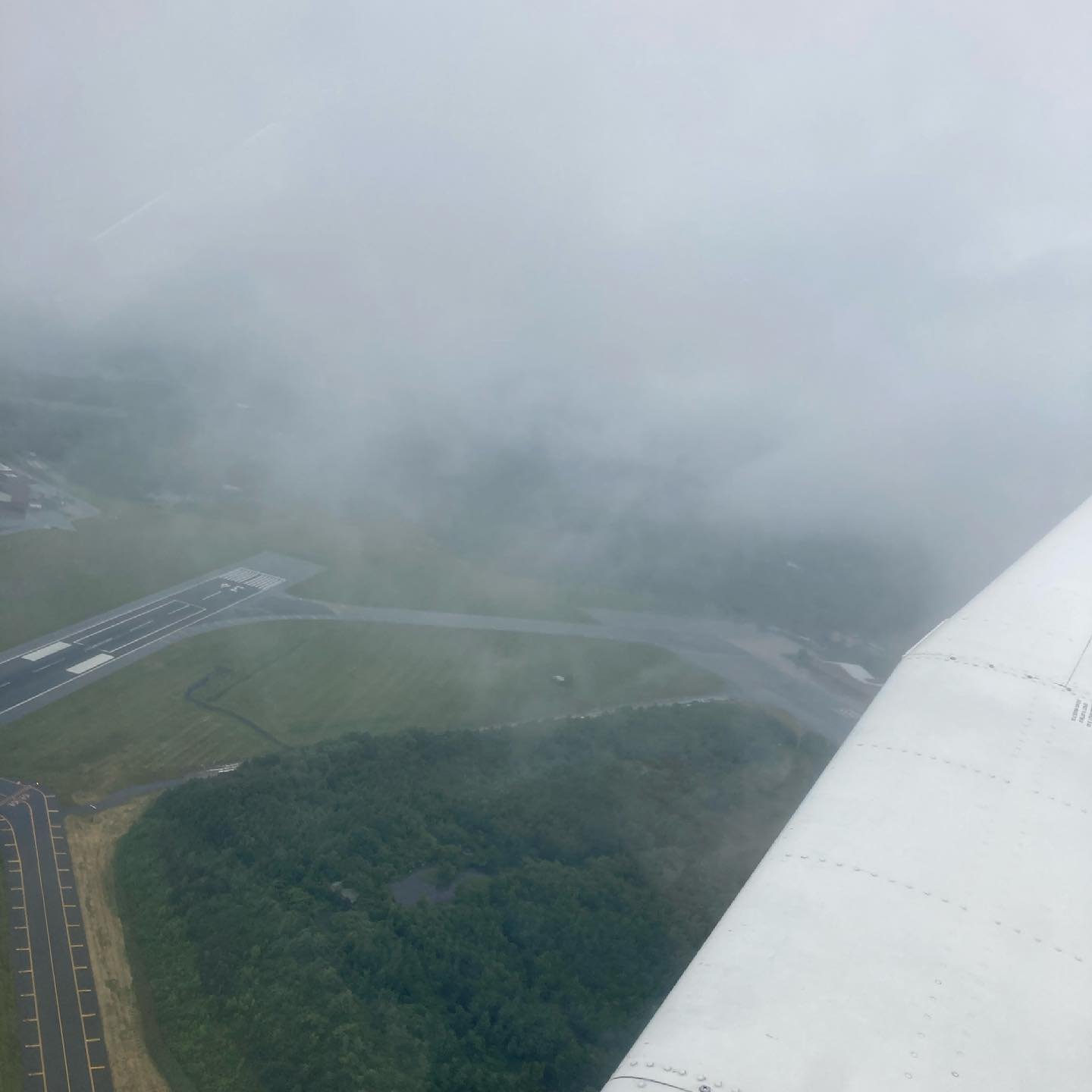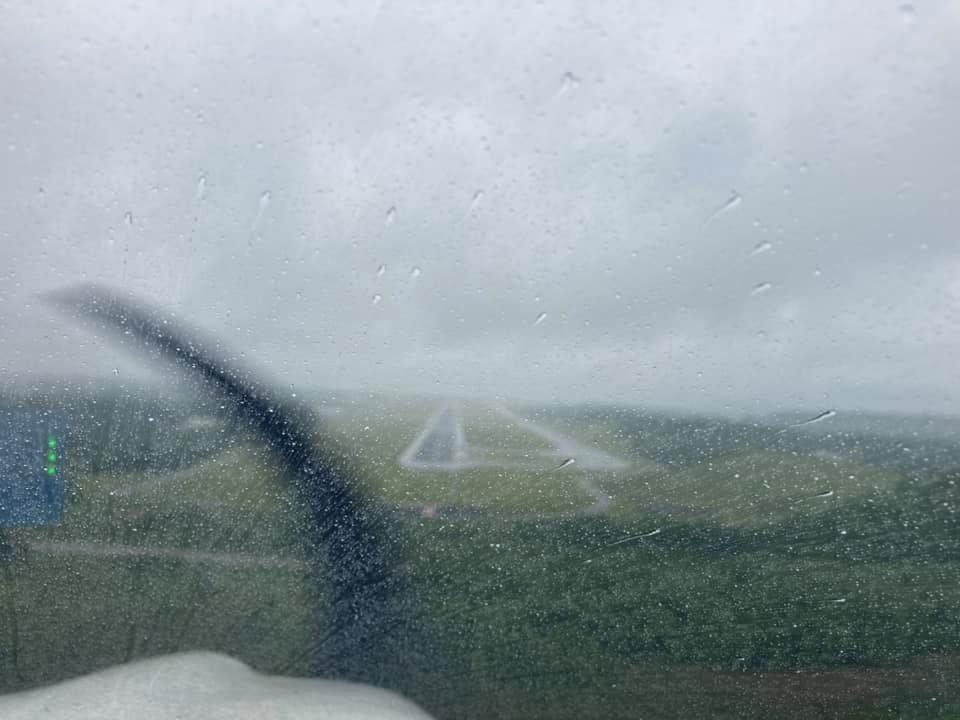Instrument Training
Instrument training opens up a whole new area of flight. For many it is the next step after earning your Private Pilot Certificate. Instrument flying is solely dependent on instruments that are utilized on the flight deck, with navigation being accomplished utilizing electronic signals whether they be from ground-based stations or satellites. Learning how to fly via instruments is highly rewarding, challenging and, of course, super fun.
Just as we do with our primary training, we will adjust each lesson and the flow of training based on the needs of the student, weather, time of year, maintenance issues, scheduling, etc. Flight training is a combination of in-flight, simulator and classroom sessions.
Syllabus
Training is broken down into four basics phases with the following topics covered:
Stage One - Basic Attitude Flying
Basic Attitude Instrument Flying
Airplane Instruments
Instrument Takeoff
Steep Turns
Rate Climbs/Descents
Airspeed Changes
Aircraft Pitch, Power, Configuration Settings
Timed/Magnetic Compass Turns
Partial Panel Flying
Unusual Attitude
Aerodynamics
VOR/GPS Procedures
FARs
Stage Two - Holding, Tracking & Approaches
VOR, GPS & Localizer Holding
DME and Intersection Holding
VOR Approaches
GPS Approaches
ILS & LOC Approaches
Airports, ATC & Airspace
Aeromedical Factors
Stage Three - Cross-Country Procedures
Aviation Weather
Aviation Weather Products
Cross-Country Planning
Emergency Procedures
Stage Four - Checkride Prep
Review and practice all maneuvers and knowledge as required by the Instrument ACS.
Training Aircraft
We have four aircraft available for your IFR experience. Aircraft specs can be found here.
Piper Warrior I
The Warrior I has a Lycoming O-360 150 hp. Equipped with G430W and dual glide slopes.
Piper Warrior II
The Warrior II has a Lycoming O-360 160 hp engine allowing for cruise speeds of ~110 kts. Equipped with two Garmin G5s and a Garmin 355. It is limited to RNAV approaches only.
Piper Arrow
The Piper Arrow is a true four-place airplane with retractable landing gear, a constant speed propeller and flaps. With a Lycoming IO-360 engine of 200 hp it cruises at ~130 knots Equipped with a GNS430 (non-WAAS), it’s a great IFR/go-place airplane. A complex endorsement is required.
Piper Dakota
The Dakota is a four-place, fixed landing gear plane with a Lycoming O-540 engine of 235 hp. It is equipped with a GNS 530W (WAAS), GNS430W and an S-Tec 55 autopilot that is fully IFR-capable, with nav and glide slope intercepts that make it ideal for approaches. A high performance endorsement is required.
Resources
This is the FAA's official primary pilot resource for instrument flight rules and training, with chapters on flight instruments, navigation, emergency operations, and much more. It covers everything pertinent to operating an aircraft, both in instrument meteorological conditions (IMC) and without reference to outside visuals, relying solely on the information gleaned from the cockpit. Information applies to both analog and electronic flight displays and is organized into separate coverage of the traditional and pictorial displays.
Instrument Procedures Handbook
The Instrument Procedures Handbook is a technical reference manual for professional pilots who operate under instrument flight rules (IFR). It provides real-world guidance on how instrument-rated pilots can best use the system they've trained for, as well as in-depth coverage of instrument charts and procedures for IFR takeoff, departure, en route, arrival, approach, and landing.
The Gleim Instrument Pilot Syllabus is a step-by-step lesson plan for your instrument rating training. This book presents a complete ground and flight training course of study designed to expedite completion of your instrument rating.




